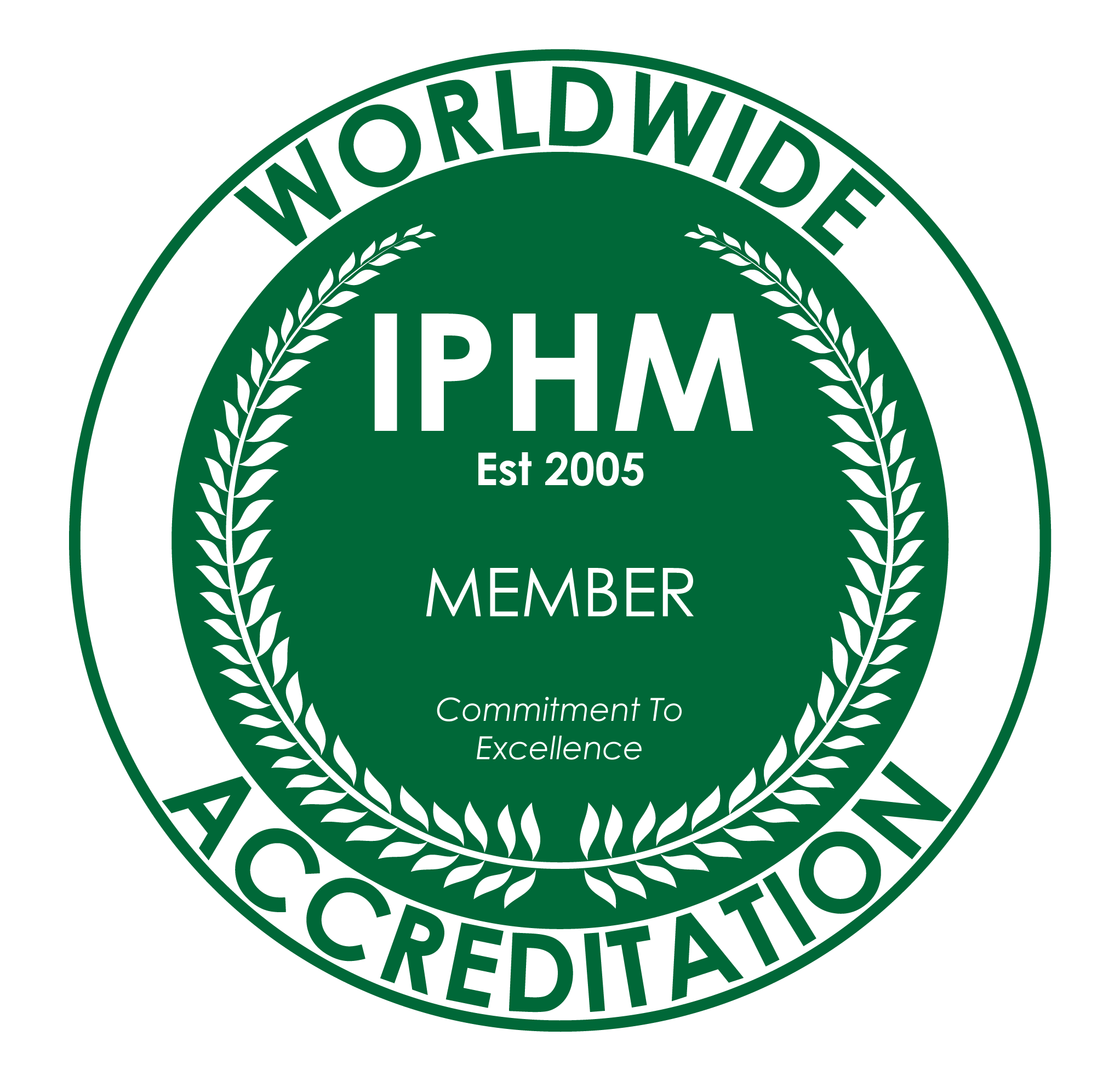In today’s fast-paced world, stress has become a constant companion for many of us. While conventional approaches often focus on managing stress through the mind alone, there’s a growing recognition that our bodies hold both the imprints of stress and the keys to its release. Integrative Somatic Therapy offers a holistic, body-centered approach to transforming your relationship with stress, creating pathways to not just temporary relief, but lasting resilience and wellbeing.
The Body-Stress Connection: How Your Body Carries Your Experiences
Before we explore how Integrative Somatic Therapy can help, it’s important to understand how stress manifests in your body. Unlike the common view that stress is primarily a mental experience, your body’s wisdom recognizes stress as a full-body phenomenon.
When you encounter a challenging situation, your body responds instantaneously with a series of protective measures – perhaps your shoulders tense, your breathing becomes shallow, your heart rate increases, or your digestion slows. These responses are part of your body’s innate intelligence, designed to help you navigate potential threats.
The challenge arises when stress becomes chronic. Your body’s protective responses, originally meant to be temporary, become persistent patterns of tension and restriction. Over time, these patterns can become so familiar that you may no longer even notice them – they become your new “normal,” despite the toll they take on your wellbeing.
Some common ways stress manifests in the body include:
- Tension patterns in the shoulders, jaw, or lower back
- Breathing changes like shallow breathing or breath-holding
- Digestive disruptions from butterflies to more persistent issues
- Sleep disturbances including difficulty falling or staying asleep
- Energy fluctuations from wired exhaustion to complete fatigue
- Emotional reactivity including irritability, anxiety, or emotional numbness
What makes these patterns particularly challenging is that they often operate below the level of conscious awareness. Your body continues to hold and express stress even when your mind believes you’re relaxed, creating a disconnect between your conscious intentions and your body’s lived experience.
Integrative Somatic Therapy: A Holistic Approach to Stress Transformation
Integrative Somatic Therapy offers a fundamentally different approach to stress than conventional methods. Rather than merely trying to manage or eliminate stress (which is often impossible in today’s world), this holistic modality helps you:
- Develop body awareness to recognize how stress manifests uniquely in your system
- Release stored tension patterns that have accumulated over time
- Restore natural flow and balance to your body’s energy systems
- Build resilience through new patterns of response to stressors
- Integrate mind, body, and emotions for a coherent approach to wellbeing
In Integrative Somatic Therapy sessions, gentle, body-centered techniques help you connect with your body’s wisdom while creating safe conditions for releasing held patterns. Unlike approaches that work solely through talking or analyzing, somatic therapy engages directly with your body’s experience, allowing for deeper and more lasting transformation.
5 Core Somatic Approaches for Stress Release
Whether you’re working with a professional or exploring somatic approaches on your own, these five pathways offer powerful entry points for transforming your relationship with stress:
1. Body Mapping: Developing Awareness of Your Stress Patterns
Before you can transform your stress response, you need to recognize how stress uniquely manifests in your body. Body mapping is a gentle practice of bringing aware attention to your physical experience.
Simple Body Mapping Practice:
- Find a comfortable position sitting or lying down
- Bring your awareness to different regions of your body, starting from your feet and moving upward
- For each area, notice any sensations: tension, heaviness, lightness, temperature, tingling, etc.
- Without trying to change anything, simply notice where your body holds stress
- Consider keeping a journal of your observations, perhaps creating a visual “map” of recurring tension patterns
Through regular body mapping, you’ll develop greater familiarity with your body’s unique stress signature – the constellation of sensations and patterns that indicate stress in your system. This awareness becomes the foundation for transformation.
2. Conscious Breathing: Releasing Through Breath
Your breath sits at the intersection of conscious and unconscious processes, making it a powerful bridge for somatic work. Stress often manifests as restricted or shallow breathing, while conscious breathing creates immediate shifts in your body’s state.
Wave Breathing Practice:
- Lie on your back with knees bent, feet flat on the floor
- Place one hand on your belly and one on your chest
- Inhale slowly through your nose, allowing your belly to rise first, then your chest
- Exhale through slightly pursed lips, letting your chest fall first, then your belly
- Imagine your breath as a wave moving through your body
- Continue for 5-10 minutes, allowing your breath to find its natural rhythm
This practice helps release tension in your diaphragm and chest while activating your body’s natural relaxation response. Many clients report feeling a profound shift after just a few minutes of conscious breathing.
3. Mindful Movement: Releasing Tension Through Motion
Movement is a fundamental way your body processes and releases stress. When animals in the wild experience a threatening situation, they naturally shake and move to discharge the stress energy afterward. Humans often suppress this natural release, but mindful movement helps restore this innate capacity.
Gentle Shaking Practice:
- Stand with feet hip-width apart, knees slightly bent
- Begin gently shaking your hands and arms, allowing the movement to be loose and relaxed
- Gradually let the shaking spread to your shoulders
- If comfortable, allow your legs and hips to join the gentle shaking
- Continue for 2-3 minutes, following your body’s natural impulses
- After shaking, stand still and notice the sensations in your body
This practice helps release held tension while activating your body’s natural recovery processes. Many clients describe feeling “lighter” and more spacious after shaking practices.
4. Self-Holding: Creating Safety Through Touch
Gentle, mindful touch communicates safety to your body at a fundamental level. Self-holding practices offer a simple yet profound way to activate your body’s relaxation response while creating a sense of containment and support.
Butterfly Hug Practice:
- Cross your arms over your chest, right hand on left shoulder, left hand on right
- Gently tap or pat your shoulders in an alternating rhythm
- Continue for 1-2 minutes, allowing your breathing to deepen
- Notice the sensations of warmth, connection, and calming that may arise
- When complete, rest your hands gently in your lap and observe any shifts
This practice stimulates both sides of your body, helping integrate your stress response while providing comforting touch. It’s particularly helpful during moments of acute stress or overwhelm.
5. Sound and Vibration: Releasing Through Expression
Sound creates vibration that moves through your body, helping release tension and blocked energy. Many cultures have long used vocalization as a healing practice, and modern somatic approaches recognize its power for stress transformation.
Gentle Sounding Practice:
- Find a private space where you can make sound freely
- Take a deep breath and on the exhale, make a soft “voooo” sound
- Allow the vibration to resonate in your chest and throat
- Notice how the sound creates vibration and movement in your body
- Experiment with different vowel sounds, following what feels most releasing
- After sounding, sit quietly and notice the effects in your body
This practice helps move stuck energy while engaging your body’s natural capacity for self-regulation through vibration. Many clients find it particularly helpful for releasing chest and throat tension associated with unexpressed emotions.
Creating a Personal Somatic Practice for Stress Resilience
While individual practices are valuable, developing an integrated approach tailored to your unique needs creates the most powerful foundation for stress resilience. Here’s a simple framework for creating your personal practice:
1. Begin with Awareness
Start any practice session with a brief body scan, noticing where you’re holding tension without judgment. This creates a baseline awareness and helps you track changes throughout your practice.
2. Combine Approaches Based on Your Needs
Different types of stress may respond better to different approaches. Experiment with combinations to discover what works best for you:
- For mental stress and overthinking: Try breathing practices followed by gentle movement
- For emotional overwhelm: Self-holding practices often provide immediate support
- For physical tension: Mindful movement followed by breathing can create profound shifts
- For general stress maintenance: A daily practice of all five approaches, even briefly
3. Integrate Practice Into Daily Life
Rather than making somatic practice another “should” on your to-do list, look for natural ways to integrate it into your existing routine:
- Practice conscious breathing during your commute
- Do a quick body scan while waiting in line
- Use self-holding before bed to support better sleep
- Incorporate gentle movement during work breaks
- Use sounding in the shower when privacy is available
4. Track Your Experience
Keep a simple journal noting which practices you use and their effects. This helps you refine your approach over time while building awareness of your changing relationship with stress.
5. Be Patient and Compassionate
Somatic work is not about “fixing” yourself or forcing change. It’s about creating the conditions for your body’s natural wisdom to emerge. Approach your practice with curiosity and kindness, allowing transformation to unfold at its own pace.
When to Seek Professional Support
While self-practice offers valuable support for everyday stress, there are times when working with a professional Integrative Somatic Therapist can be particularly beneficial:
- When stress feels overwhelming or unmanageable
- If you have a history of trauma that self-practice stirs up
- When you notice persistent patterns that don’t shift with self-practice
- If you’re experiencing a major life transition or loss
- When you want to deepen your practice with skilled guidance
- If physical symptoms of stress are affecting your daily functioning
In the supportive container of a therapeutic relationship, you can explore somatic approaches more deeply while receiving personalized guidance tailored to your unique needs and history.
The Integrative Somatic Therapy Experience
If you choose to explore professional support, here’s what you might expect from an Integrative Somatic Therapy session focused on stress transformation:
Creating Safety
The session begins with establishing a sense of safety and connection. Your therapist will create a calm, supportive environment and help you ground in the present moment.
Exploring Your Stress Patterns
Through gentle inquiry and body awareness practices, you’ll explore how stress manifests uniquely in your body. Your therapist will help you notice patterns you might not recognize on your own.
Guided Somatic Practices
Based on what emerges, your therapist will guide you through specific somatic practices tailored to your needs. These might include breathwork, gentle movement, mindful touch, or other body-centered approaches.
Integration and Embodied Resources
Each session includes time for integration, helping you anchor new experiences and insights. Your therapist will help you develop personalized practices to continue the work between sessions.
Ongoing Support for Transformation
As you continue working together, sessions build upon each other, helping you transform your relationship with stress at deeper levels while developing greater capacity for self-regulation.
The Holistic Benefits Beyond Stress Relief
While stress reduction is often what brings people to Integrative Somatic Therapy, the benefits extend far beyond simply feeling less stressed. As your relationship with stress transforms, you may notice:
Improved Physical Wellbeing
- Better sleep quality and natural sleep patterns
- Reduced tension-related pain and discomfort
- More balanced energy throughout the day
- Improved digestion and appetite regulation
- Stronger immune function and greater resilience
Enhanced Emotional Balance
- Greater emotional awareness and literacy
- More capacity to be with difficult feelings without overwhelm
- Reduced reactivity in challenging situations
- Access to a wider range of emotional experiences
- Deeper connection to joy and pleasure
Mental Clarity and Presence
- Reduced overthinking and rumination
- Improved focus and concentration
- Greater access to intuition and innate knowing
- More present-moment awareness
- Enhanced creative thinking and problem-solving
Relational Harmony
- Clearer sense of personal boundaries
- Increased capacity for authentic connection
- More attuned responses in relationships
- Reduced conflict and reactivity with others
- Greater empathy and compassion
Spiritual Connection
- Deeper sense of embodied presence
- Enhanced awareness of life energy and flow
- Greater connection to meaning and purpose
- More trust in life’s unfolding
- Expanded sense of connection to something larger than yourself
Conclusion: Your Body’s Wisdom as a Path to Resilience
In a world where stress is inevitable, transforming your relationship with stress becomes essential for sustained wellbeing. Integrative Somatic Therapy offers a holistic pathway that honors your body’s innate wisdom while creating practical tools for everyday resilience.
Whether through self-practice or professional support, somatic approaches invite you into a different relationship with stress—one where challenges become opportunities for growth rather than sources of depletion. As you learn to listen to and work with your body’s natural intelligence, you develop not just coping mechanisms but genuine transformation.
Your body already holds everything it needs for balance and wellbeing. Integrative Somatic Therapy simply helps you remember and access this innate wisdom, creating a foundation for lasting resilience in our complex world.
If you’re curious about exploring Integrative Somatic Therapy for stress transformation, I invite you to reach out. Sessions are available in Dublin, Naas, Newbridge, and online, offering flexible support for your unique journey toward embodied wellbeing.
About the Author: Abi Beri is a holistic therapist specializing in Integrative Somatic Therapy. With a deep commitment to honoring the body’s innate wisdom, Abi creates a safe, supportive environment for clients to reconnect with their natural state of balance and harmony. Through gentle, body-centered approaches, he guides individuals toward greater embodied awareness and holistic wellbeing.







